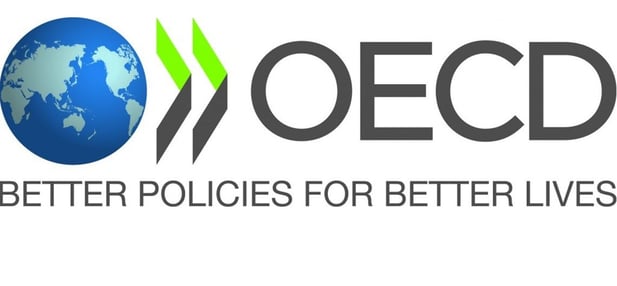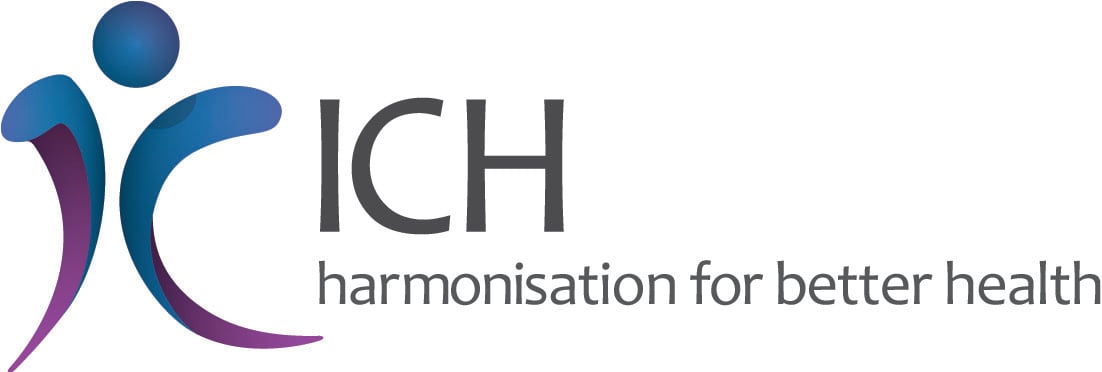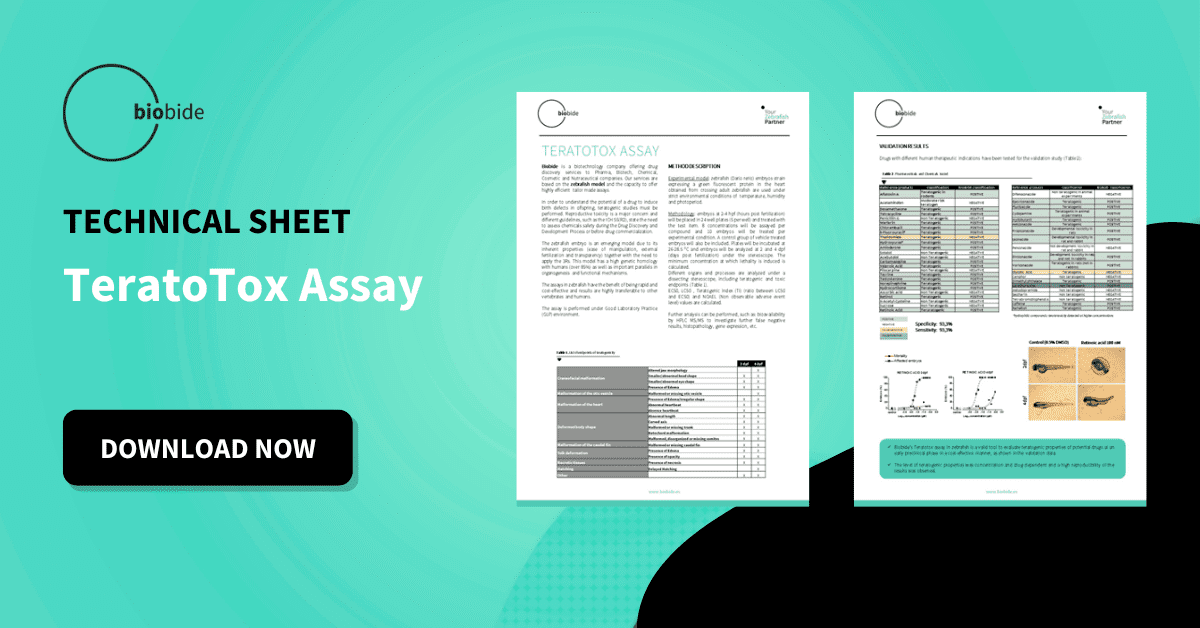The OECD (Organisation for Economic Co-operation and Development) and the ICH (International Council for Harmonisation of Technical Requirements for Pharmaceuticals for Human Use) exist to harmonize European regulations for the use of chemicals and drugs in the products used on humans and the environment. Both seek to promote and maintain the safety of the many compounds humans are exposed to every day.
What is the OECD?
This organisation works to shape policies that foster prosperity, equality, opportunity, and well-being for all the population through economic development and world trade. This includes maintaining improved human health worldwide. It ensures compliance with international standards to influence policies on a better standard of living for everyone.
The key fields the OECD works in are:
- Development
- Economy
- Environment
- Health and Safety
- Education
- Science and Technology

The OECD has several guidelines for each country to follow, not only on chemical testing but also in areas such as climate change, agriculture, and due diligence. The guidelines are aimed at all sizes of enterprises and are government approved to balance living standards across the world.
In terms of Health and Safety, the OECD focuses on the safety of chemical and biological testing to protect people and the environment. Chemicals exist everywhere in our daily lives, from cleaning products to pesticides on the fruit and vegetables we eat, and even in medicines. The role of the OECD in this area is to provide global support for the testing and policy implementation of chemical safety. The organisation currently has 38 member countries across the world. Its objective is to facilitate the sharing of information and data to achieve international standards in the use of chemicals we are regularly exposed to.
What is the ICH?
The ICH focuses on the pharmaceutical industry and offers a series of guidelines for the industry to follow to standardize the development and technical requirements of drugs for use in humans and animals, pharmaceutical product registration, protection of public health, and implementation and integration of common standards.
It oversees the safety and efficacy of testing for chemicals and medicinal products and importantly, ensures that duplicate testing is avoided allowing countries or organisations to access data on products that have already been tested, thus saving time and money.
The research and development of a new drug cost billions and take up to 10-15 years to reach the approval stage. Often drug research is abandoned in the early stages due to the immense costs being prohibitive, especially for rare diseases. Shared data allows drug developers to utilize previous test results to save time and money in the field of Drug Discovery.

The similarities between the OECD and the ICH
Both organisations offer a wealth of information that is readily available to assist with chemical testing and drug development. The guidelines are produced to ensure that the approaches to these are unified, economically viable, and ensure the reduction of animals´ use.
One example is the “ICH S5 (R3) guideline on reproductive toxicology” (teratogenicity). This document provides scientific guidelines on the reproductive toxicity testing of chemicals and medicinal products. It can be used as an industry-wide document to research reproductive toxicity. In this sense, Biobide offers a High-Content teratogenicity assay (Teratotox Assay) based on the zebrafish in vivo model that is gaining attention as represents a cost-effective model with high-homology to humans and it is aligned with the Three Rs (3Rs) principle of animal testing. This principle consists in replacing animal models with no-animal-based models, reducing the number of animals used, and refining all the procedures done with animals to minimize suffering and improve their well-being.
The OECD and the ICH to reduce animal testing
The sharing of data between these organisations and their partners not only saves time and money but also supports the requirement to reduce animal testing. Nowadays, there is an intense focus on reducing animal testing and several policies have been acquired for this purpose such as the reinforcement of resources, guidelines, and efforts to apply the 3Rs principle.
Another relevant action used is the possibility to share the already done test results not overlapping experiments and, consequently, reduce the number of animals used. Whilst animal testing is a controversial subject, we cannot rely 100% on alternative models. However, technology and assays are rapidly developing, therefore reducing animal testing gradually.
One example of this is the Zebrafish, which is a suitable alternative model as it is considered an embryo until about 5-6 days after fertilisation, when starts to feed independently. The zebrafish is a popular choice as an alternative or to complement studies on mammals such as mice and rats, and it is used by large pharmaceutical companies. It is also a cost-effective choice as it breeds every few days and produces hundreds of embryos. Plus, it has organs similar to those of humans, so is ideal for human organ replication. Thus, diverse public research centers and private companies are putting attention to the use of Zebrafish model. Outsourcing for example Biobide´s drug screening assays with the Zebrafish and research models based on zebrafish embryos, to reduce the use of animals and make more effective preclinical investments.
In summary, both the OECD and the ICH are essential organisations to reinforce the collaboration between countries to improve economic development and safety. Some of the essential activities they promote are the increase of drug development and chemical safety testing standards as well as reducing animal testing throughout the world and also create values for research and development.
Sources
- https://ijdra.com/index.php/journal/article/view/365
- https://www.oecd.org/
- https://www.ich.org/
- https://www.ema.europa.eu/en/ich-s5-r3-guideline-reproductive-toxicology-detection-toxicity-reproduction-human-pharmaceuticals#document-history-section





